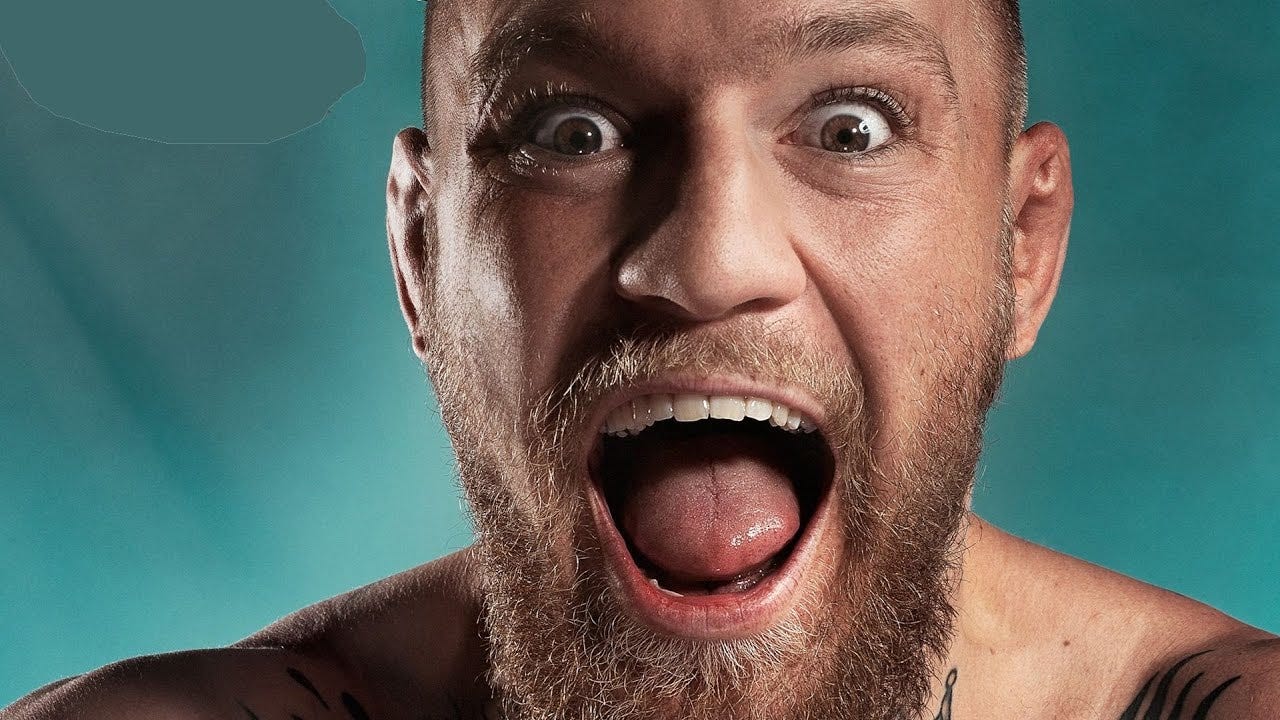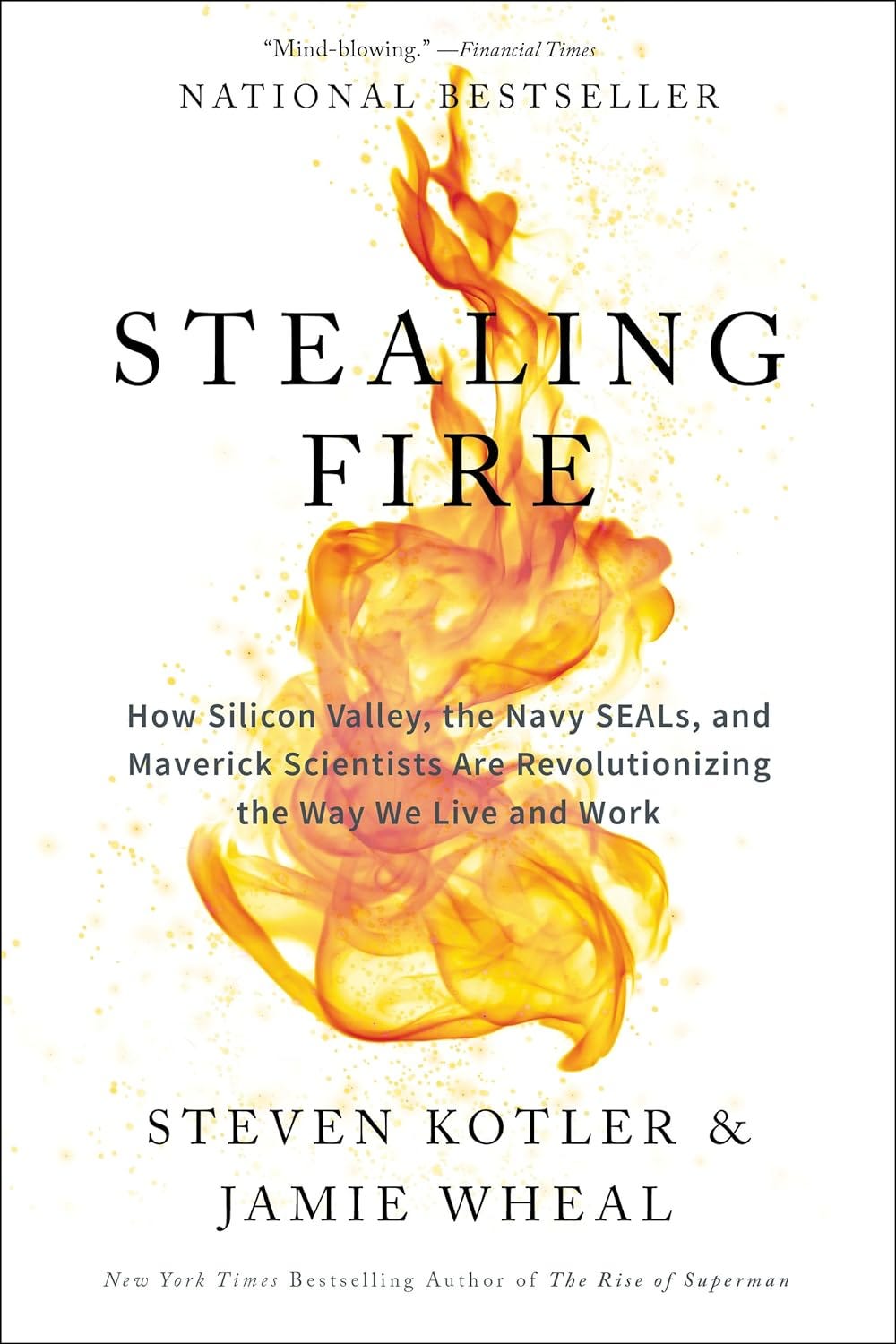“The best athletes probably walk right up to the cliff’s edge, but stop,” says Dr. Ryan Davis. “The problem is, the cliff is invisible.” Here’s the paradox: the trait that drives many athletes to Olympic podiums is technically a personality disorder — but only if it goes too far.

The Double-Edged Sword
“Look to your left, look to your right,” Davis recalls a medical school professor saying. “Probably one or two of them have OCPD.” Obsessive Compulsive Personality Disorder isn’t what most people think — it’s not about washing hands or checking locks. It’s about an unrelenting drive for perfection, order, and control. And according to Davis, it’s surprisingly common among elite athletes.
What makes OCPD different from normal perfectionism?
The OCPD athlete feels compelled to outdo everyone else: “I must make 110 shots because my competitors are making 100”
They’re rigid about their standards to a point that often interferes with their goals
They’re driven by an overwhelming need to be the best, not just excellent
They see their perfectionism as completely rational, even when it’s destructive
This trait, while potentially destructive, can drive athletic achievement. It pushes athletes to:
Be the first one in, last one out
Never skip steps in training
Maintain extremely high standards
Push beyond what others consider “good enough”
The Danger Zone
The problem isn’t the perfectionism — it’s when it becomes inflexible. “For athletes, to be elite, you’ve got to be a perfectionist,” Davis explains. But there’s a tipping point where this same trait starts to work against you:
Recovery becomes seen as weakness
Good performances are never satisfying
The pursuit of excellence becomes isolating
Standards become impossible to meet
The Protection System
“It’s really tricky,” Davis notes, “because the best athletes probably walk up straight to the cliff’s edge.” The solution isn’t to stop being perfectionistic — it’s to build safeguards that prevent you from going too far. The most effective athletes maintain their high standards while:
Accepting strategic rest periods
Listening to trusted advisors
Maintaining relationships outside sport
Understanding when “good enough” is actually optimal
The Bottom Line
OCPD traits, when properly channeled, can be rocket fuel for athletic excellence. The goal isn’t to eliminate perfectionism but to harness it while maintaining perspective on when it’s serving you versus controlling you.
Your Challenge for the Week
List areas where your perfectionism drives excellence versus creates problems
Identify one standard you hold that might be unnecessarily rigid
Create clear criteria for what constitutes “enough” in your training
Schedule mandatory recovery periods that are non-negotiable
Practice accepting “good enough” in low-stakes situations to build the skill
Build a trusted circle who can tell you when you’re approaching the cliff
Remember: The same traits that make you exceptional can become excessive. The key isn’t changing who you are — it’s channeling these traits effectively.
Check out the Full Interview with Dr. Ryan Davis
If you found this interesting, you will love the full interview with Dr. Ryan Davis! We go deeper into OCPD, mental health for athletes, managing stress, and much much more!
Check it out here: https://youtu.be/oFiWw6itciY?si=GmBFB5HxvTrsXyuv
Book Recommendation
Stealing Fire — https://amzn.to/3H3hVEe
It’s the biggest revolution you’ve never heard of, and it’s hiding in plain sight. Over the past decade, Silicon Valley executives like Eric Schmidt and Elon Musk, Special Operators like the Navy SEALs and the Green Berets, and maverick scientists like Sasha Shulgin and Amy Cuddy have turned everything we thought we knew about high performance upside down. Instead of grit, better habits, or 10,000 hours, these trailblazers have found a surprising short cut. They’re harnessing rare and controversial states of consciousness to solve critical challenges and outperform the competition.
Not everything in this book is legal within the confines of sport. This isn’t an invitation to bend the rules!


